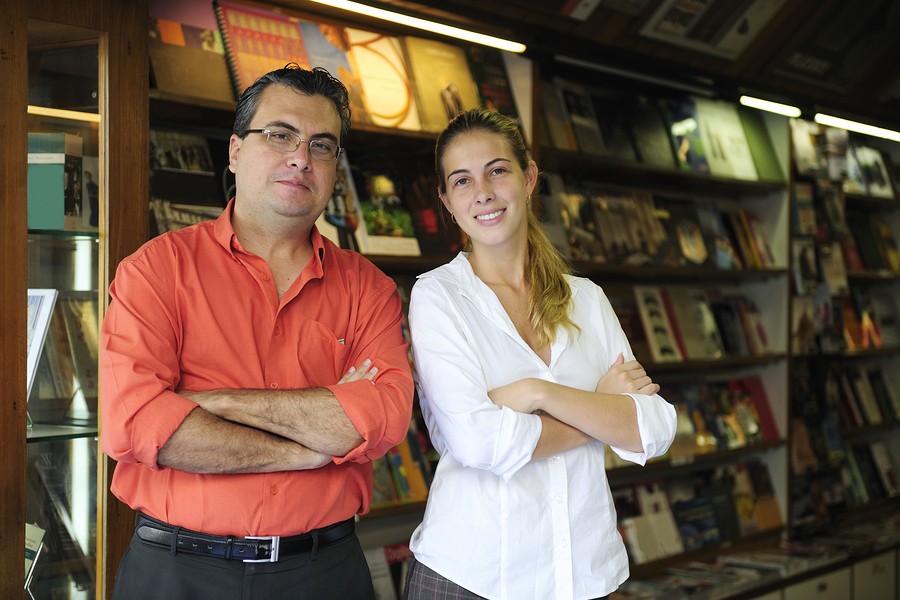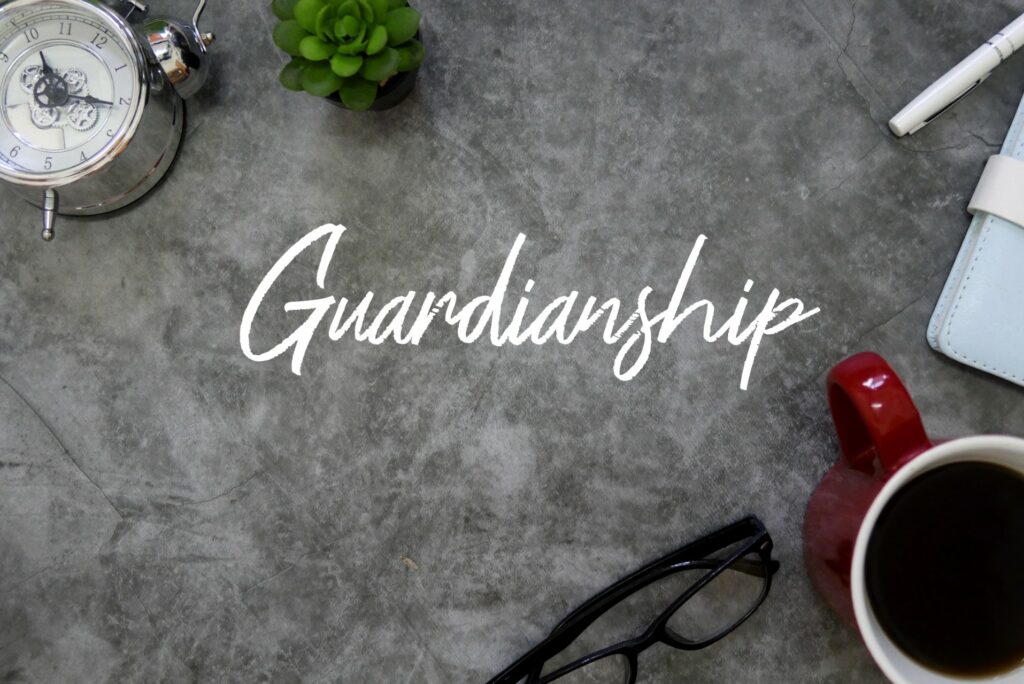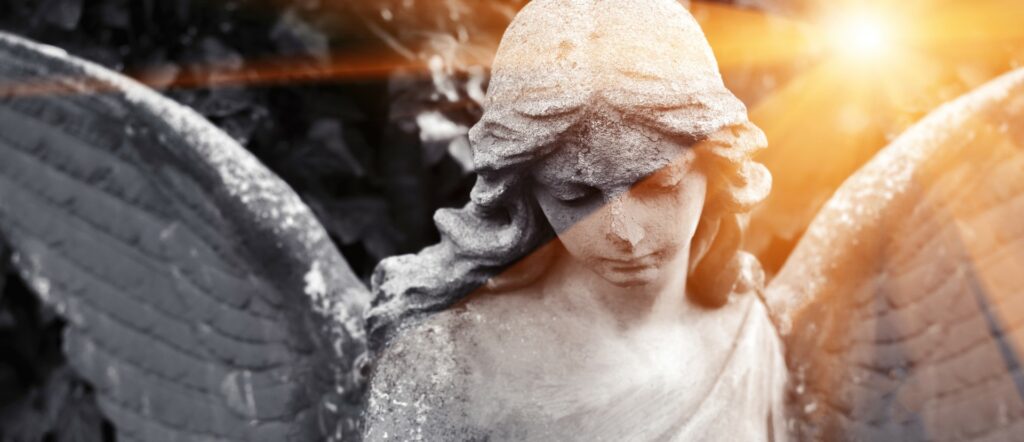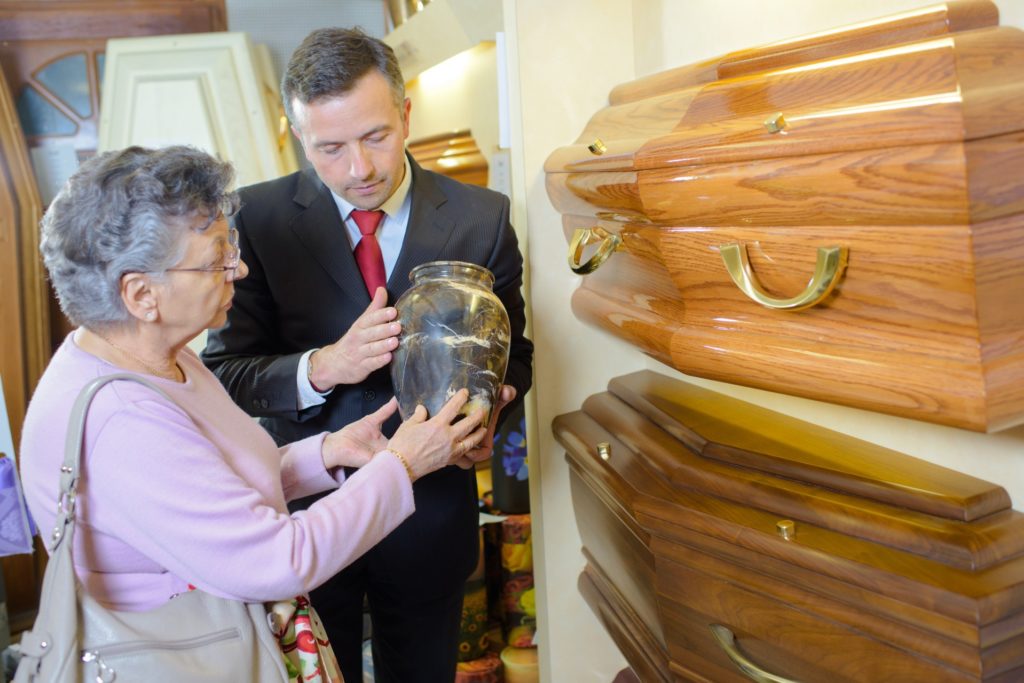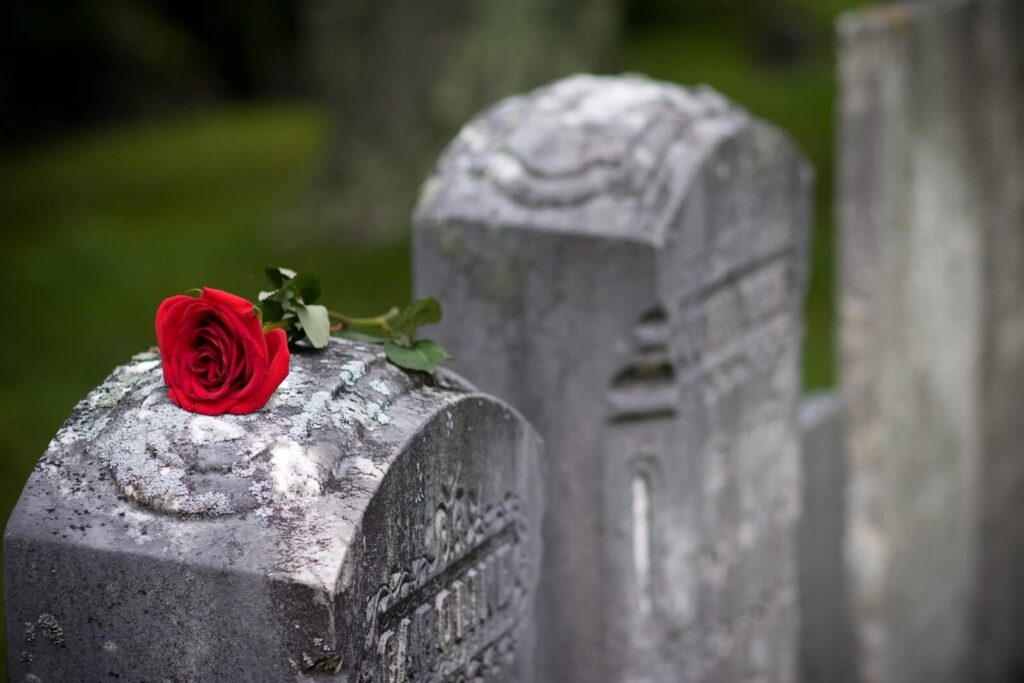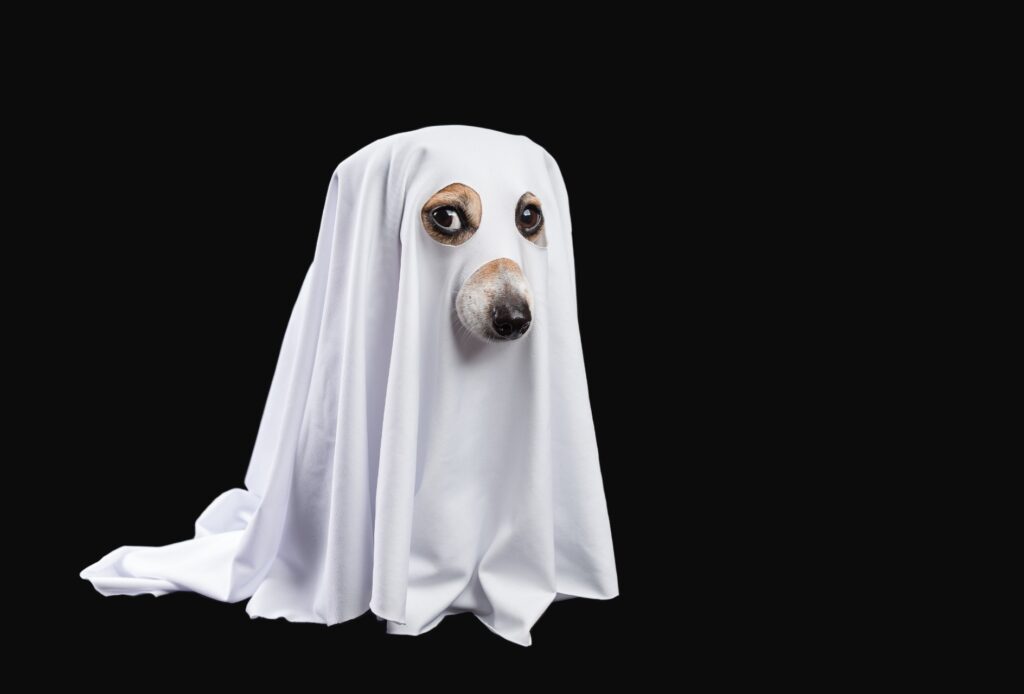
Halloween and Our Cemetery Rituals
Halloween and the Honoring of the Dead: A Journey from the Catacombs to Candy Corn When it comes to honoring the dead, our cultural traditions are full of ghosts, saints, and all manner of solemn and playful commemoration. But how did we arrive at the modern mash-up of costumes, jack-o’-lanterns, and haunted houses that we call Halloween? Let’s take a journey through time—from the underground burial chambers of ancient Rome to the Day of the Dead altars in Mexico—and see how our festive approach to remembering the departed has evolved. And, of course, we’ll tie it back to those personal connections that make honoring the dead a universally shared human experience—like the plaque I’m having installed on the final resting place of my parents. The Origins of Honoring the Dead: Catacombs and Saints Our journey begins deep below the surface of ancient Rome, where early Christians sought refuge in catacombs—underground burial places outside the city walls. These tunnels were not only places to hide from persecution but also served as sites for mourning, prayer, and remembrance. The reverence for martyrs and the ritual of praying for the departed laid the groundwork for what would become All Saints’ Day and All Souls’ Day, marking a time when the faithful would pause to remember those who had died. By the 8th century, these practices were formalized. Pope Gregory III declared November 1st to be a day dedicated to honoring all saints, both known and unknown—a move that transformed the casual veneration of the dead into a structured ecclesiastical event. Thus, All Saints’ Day (also known as All Hallows’ Day) and its companion, All Souls’ Day (November 2nd), became key moments for Christians to visit the graves of loved ones, light candles, and pray for their souls. The Celtic Samhain and the Rise of Halloween Meanwhile, in the lands of the Celts—today’s Ireland, Scotland, and parts of France—another festival was marking the turn of the seasons and the passage from life to death. Samhain (pronounced “Sow-in”) was an ancient harvest festival that took place on October 31st, and it was believed that on this night, the boundary between the world of the living and the realm of the spirits grew thin. People would light bonfires, wear costumes to ward off wandering ghosts and leave offerings to the departed to ensure a bountiful harvest. As Christianity spread across Europe, old pagan customs mingled with new religious traditions. By the time All Saints’ Day was established, its “eve” on October 31st—known as All Hallows’ Eve—became a night to honor the dead in a way that fused both Christian and Celtic beliefs. The transformation was gradual and patchy, but the seeds were sown for what would eventually become our modern Halloween. The Mexican Día de los Muertos: A Celebration of Life and Death While Halloween was brewing in Europe, other parts of the world developed their own traditions to honor the dead. Perhaps none is more colorful and iconic than the Mexican Día de los Muertos

